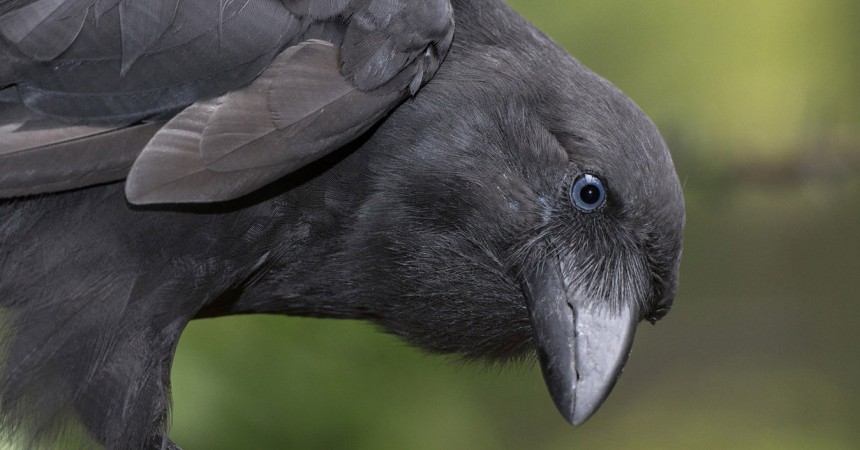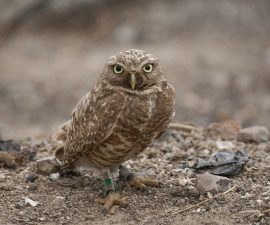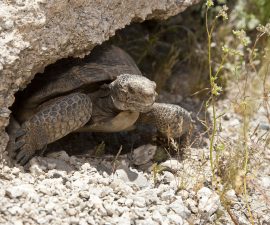In collaboration with PacBio, scientists at San Diego Zoo Global and the University of Hawaii, Hilo have fully sequenced the genome of the ‘Alalā, or Hawaiian crow and shared the results of this effort at the recent annual Plant and Animal Genomics XXIV Conference in San Diego. The ‘Alalā was once reduced to a population of about 20 birds, and the sequencing of the species’ genome will be important to track any genetic challenges that may occur due to the reduced genetic diversity now seen in the species.
“In our efforts to bring species back from the brink of extinction, we have worked with a number of species that have gone through a genetic bottleneck, possibly reducing the genetic fitness of the species due to the limitations of the remaining genetic diversity,” said Oliver Ryder, Ph.D., geneticist for San Diego Zoo Global. “Knowing in detail the genetic pattern of the ‘Alalā will help us to understand challenges faced by this species as it makes its recovery.”
The sequencing of its genome comes at the beginning of what is hoped to be an important year for the Hawaiian crow. Conservationists hope to reintroduce this species into prepared habitat on the island of Hawaii later this year. The ‘Alalā has been extinct in the wild since 2002, preserved only in the program run by San Diego Zoo Global at their bird centers in Hawaii.
“We have been working for many years to build up a large enough—and genetically diverse enough—population to allow us to begin putting the ‘Alalā back in the wild,” said Bryce Masuda, conservation program manager of the San Diego Zoo’s Hawaii Endangered Bird Conservation Program. “We have achieved our goal, and are now preparing to release birds into the wild in 2016.”
The program’s goal has been to increase the ‘Alalā flock to 75 or more individuals before releasing them into their native forests on the island of Hawaii. The ‘Alalā is a member of the crow family that was brought to the brink of extinction by loss of habitat, and introduced predators and diseases. For species that have been at the brink of extinction, genetic fitness and the information stored in their genome may prove an important tool in the fight to save them.
“Learning more about the genome of the species can help us understand more about how that species will interact with and fit back into its native habitat,” said Jolene Sutton, assistant professor at the University of Hawaii, Hilo. “Through scientific collaboration with PacBio, we now have a map of ‘Alalā DNA that could prove critical to their long term recovery. We are absolutely thrilled with the quality of the sequencing, and we have already identified several gene locations that we think could have a big influence on reintroduction success.”
Bringing species back from the brink of extinction is the goal of San Diego Zoo Global. As a leader in conservation, the work of San Diego Zoo Global includes on-site wildlife conservation efforts (representing both plants and animals) at the San Diego Zoo, San Diego Zoo Safari Park, and San Diego Zoo Institute for Conservation Research, as well as international field programs on six continents. The work of these entities is inspiring children through the San Diego Zoo Kids network, reaching out through the Internet and in children’s hospitals nationwide. The work of San Diego Zoo Global is made possible by the San Diego Zoo Global Wildlife Conservancy and is supported in part by the Foundation of San Diego Zoo Global.





